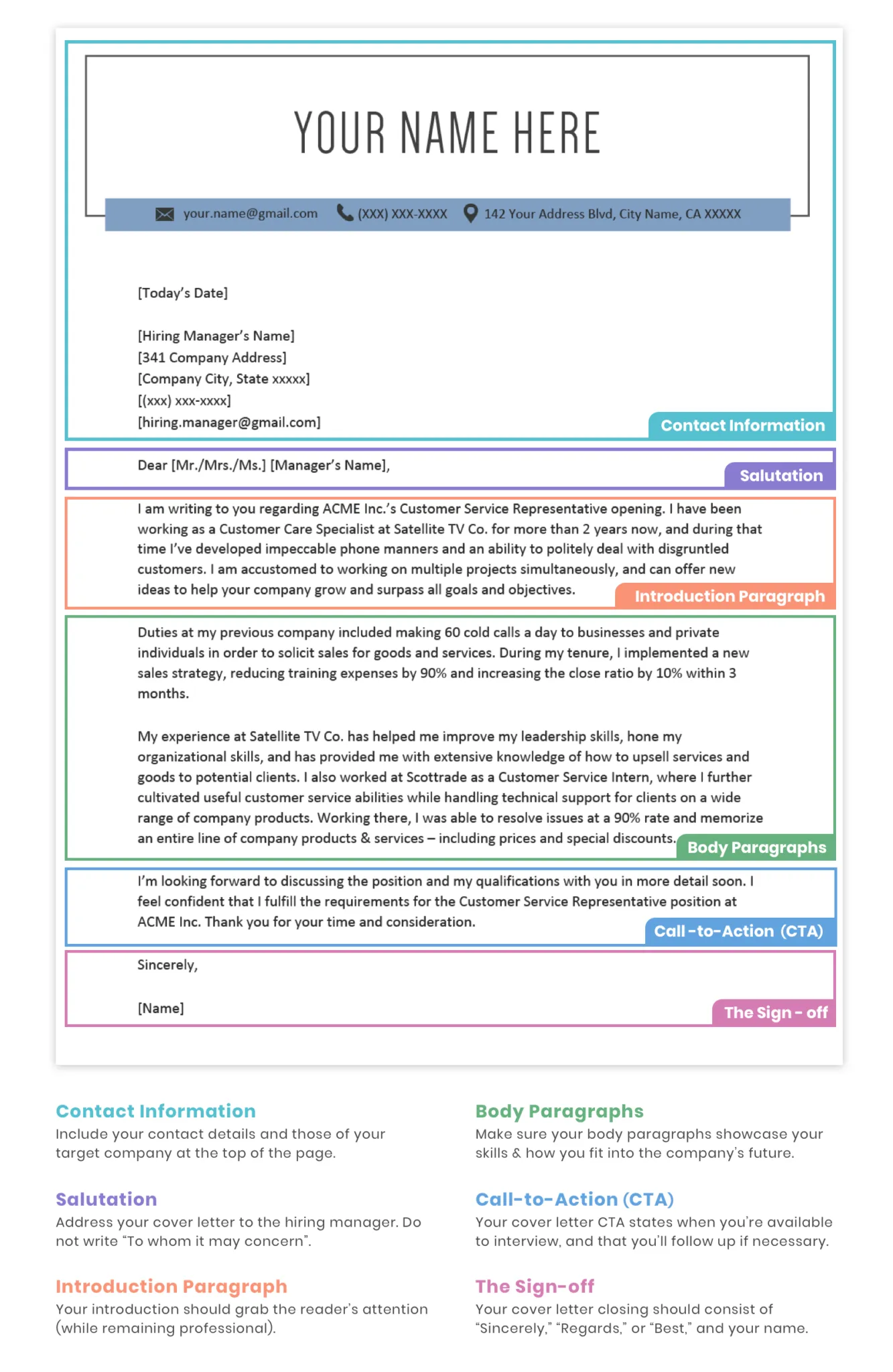Cover Letter Format The Essentials
A well-crafted cover letter is your first opportunity to make a strong impression on a potential employer. It’s more than just a formality; it’s a crucial tool in your job application arsenal. The cover letter provides a space to showcase your personality, express your enthusiasm, and demonstrate how your skills and experience align with the job requirements. Getting the format right is essential. It needs to be clean, easy to read, and professional. This guide will walk you through the essential elements of a cover letter format, ensuring yours gets noticed and helps you land an interview. We’ll cover everything from the proper layout to the key content you need to include.
Contact Information & Date
The top of your cover letter sets the stage. It’s where you establish a professional presence and provide the necessary contact details for the hiring manager to reach you. This section is all about clarity and ease of access, so keep it concise and accurate. Accuracy here is the first step to make a great impression.
Your Contact Information
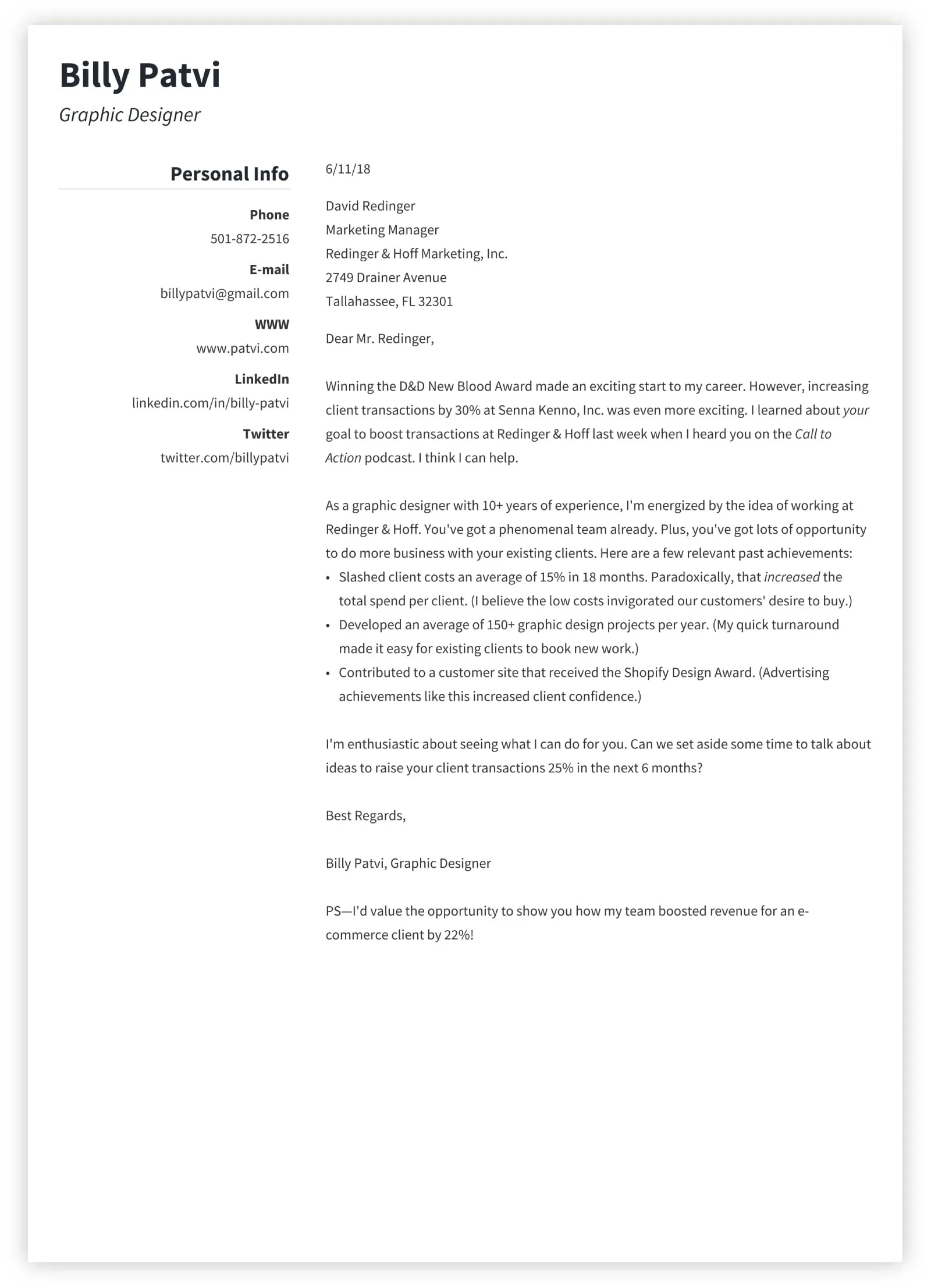
Start with your full name, address, phone number, and email address. Ensure your email address is professional (e.g., firstname.lastname@email.com). Use a clear font and format, making sure the information is easily readable. Place this section at the top left or the top center of the page.
Recipient Information
Directly below your contact information, include the hiring manager’s name (if available), title, company name, and address. If you cannot find the hiring manager’s name, research the company’s website or LinkedIn. Addressing the letter to a specific person shows initiative and attention to detail. When a name is unavailable, use the appropriate title, such as ‘Hiring Manager’.
Date of the Letter
Following the recipient’s information, include the date the cover letter is written. This should be the current date. Place this date below the recipient’s address. A date ensures the letter is clearly dated and provides context for the application.
The Salutation
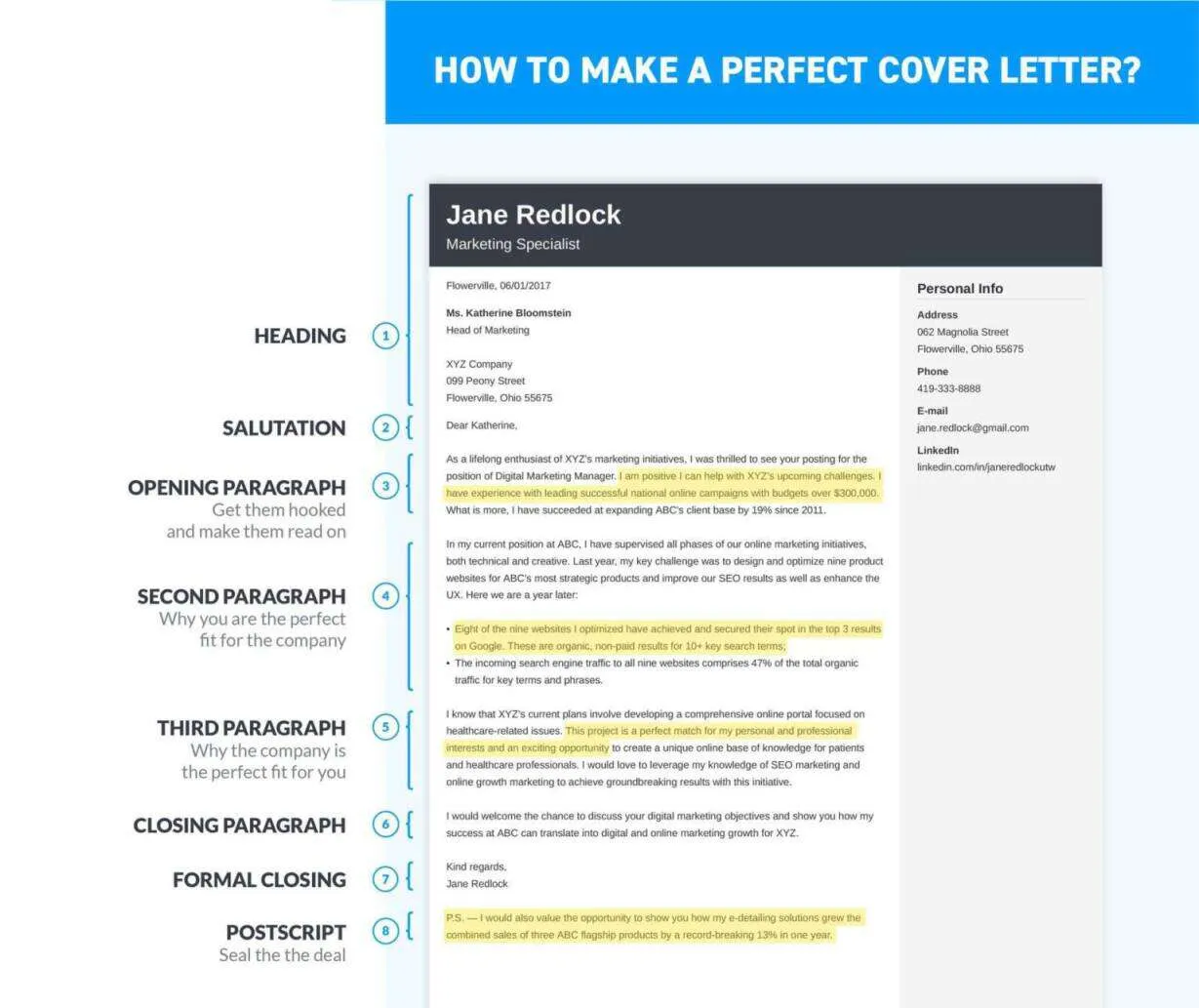
The salutation is your opening greeting. It sets the tone for the entire letter. A well-chosen salutation demonstrates respect and sets the stage for a professional interaction. The salutation should always be in line with the overall tone of the cover letter.
Choosing the Right Salutation
If you know the hiring manager’s name, use ‘Dear Mr./Ms./Mx. [Last Name]’. This personalizes the letter and shows that you’ve taken the time to research the recipient. If the name is unavailable, use ‘Dear Hiring Manager’ or ‘Dear [Company Name] Hiring Team’. Avoid generic greetings like ‘To Whom It May Concern,’ as these can make your letter feel impersonal. It is advisable to find the name to make your letter unique.
Body Paragraph 1 Grab Their Attention
The first paragraph of your cover letter is critical. It’s your opportunity to capture the reader’s attention and encourage them to continue reading. This section should immediately establish your purpose and highlight what makes you a strong candidate. A compelling opening can make all the difference in setting you apart from the competition.
Showcase Your Enthusiasm
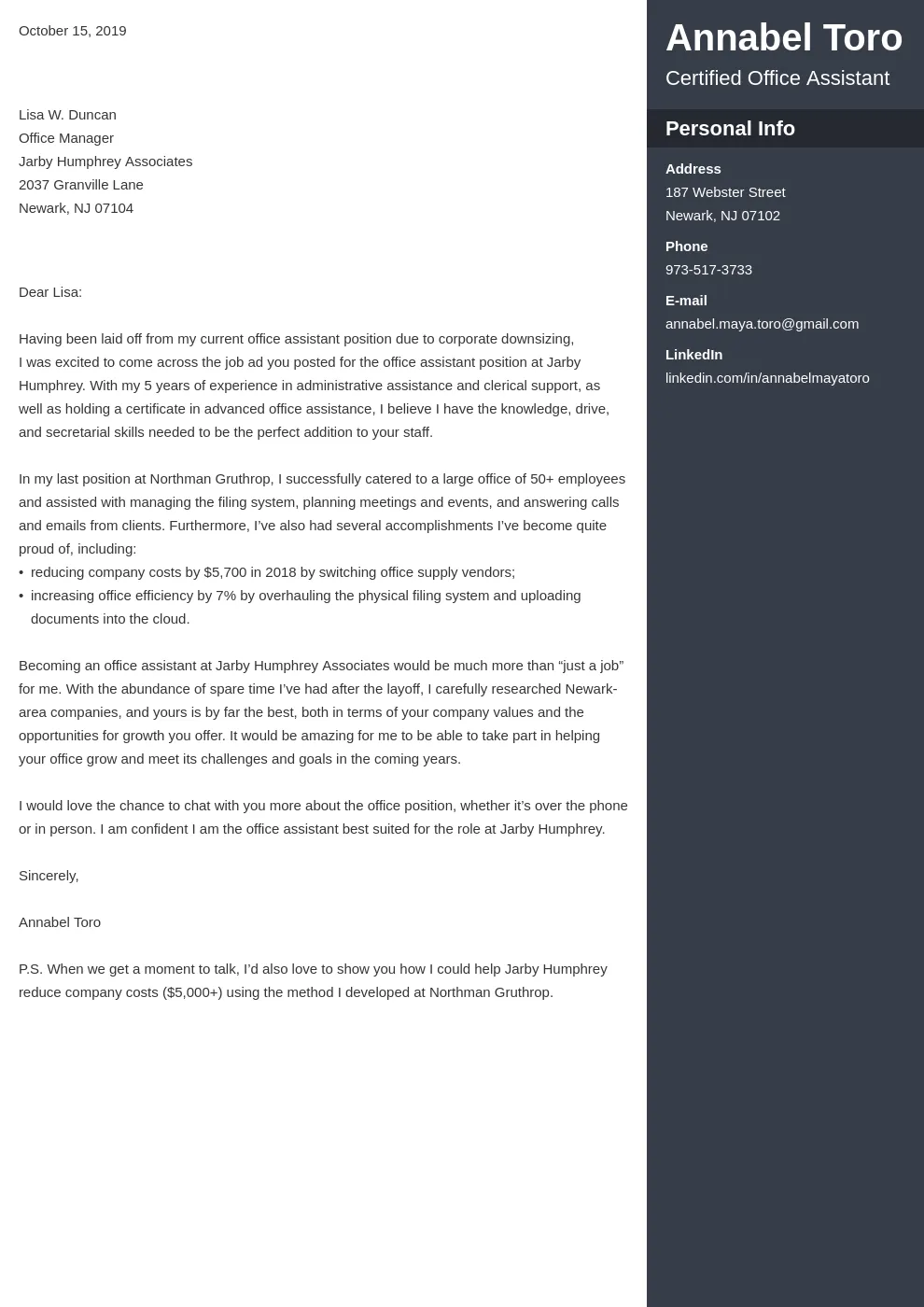
Start by expressing your enthusiasm for the position and the company. Mentioning the specific role you’re applying for and where you found the job posting shows you’re focused and proactive. Express your genuine interest and excitement about the opportunity. This enthusiasm is contagious and can make a positive first impression.
Highlight Relevant Skills and Experience
Briefly introduce your key qualifications and experience that align with the job requirements. This is where you demonstrate that you possess the skills and experience the employer is seeking. Reference the job description and tailor your introduction to match the specific needs and expectations outlined. Focus on your most relevant accomplishments. Do not go into detail, that is for the next paragraph.
Body Paragraph 2 Demonstrating Value
The second paragraph is where you delve deeper into your qualifications. This is the heart of your cover letter, where you provide specific examples and demonstrate how you’ve added value in previous roles. It’s your chance to show, not just tell, why you’re the ideal candidate.
Quantify Your Achievements
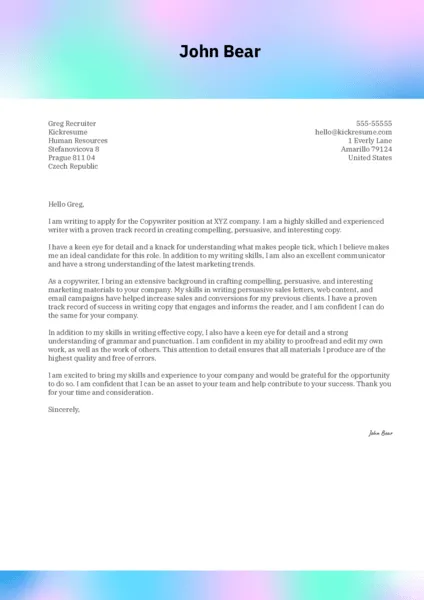
Whenever possible, quantify your achievements with numbers and data. Instead of saying ‘Improved sales,’ say ‘Increased sales by 15% within six months.’ Quantifiable results make your accomplishments more impactful and provide concrete evidence of your abilities. Use metrics to showcase your success and demonstrate your value to the employer. This turns your words into credible achievements.
Tailor to the Job Description
Carefully review the job description and align your skills and experience with the specific requirements. Use keywords and phrases from the job posting to demonstrate that you understand the role and what the employer is looking for. Tailoring your cover letter shows that you’ve put in the effort to understand the position and that you’re a strong fit for the company’s needs. Generic cover letters often get tossed aside.
Body Paragraph 3 Call to Action & Closing
The final paragraph is your opportunity to wrap up your cover letter professionally and leave a lasting impression. This section should summarize your interest in the role and invite the employer to take the next step. It is also where you express your gratitude and provide a clear call to action.
Express Your Interest
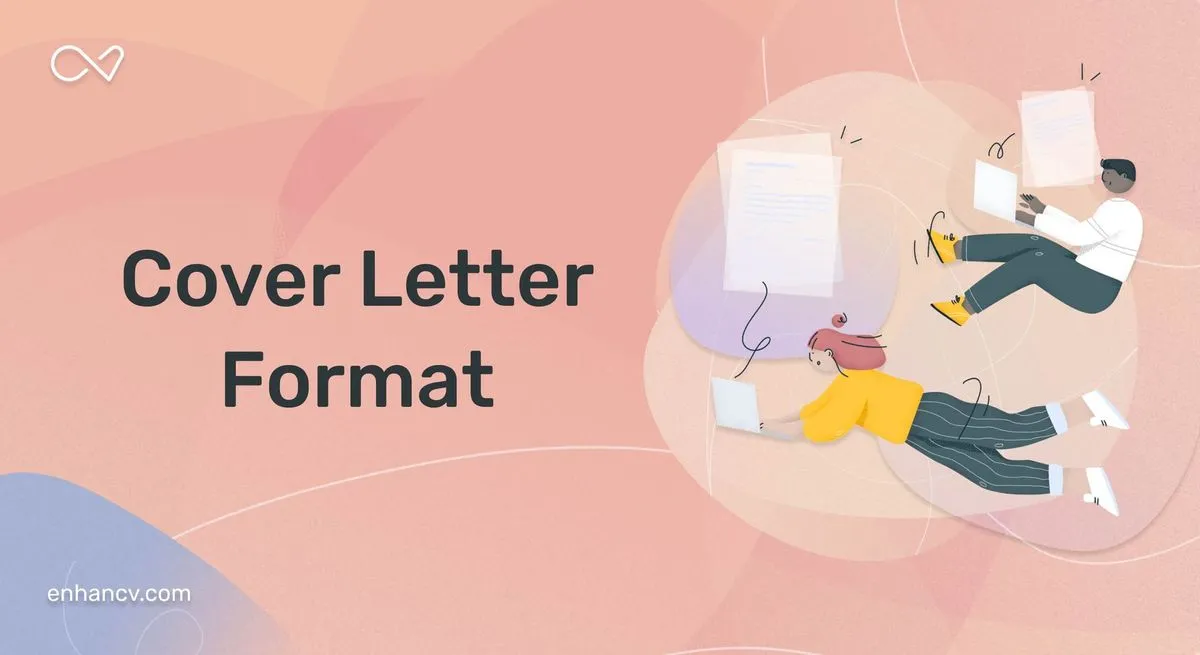
Reiterate your interest in the position and summarize why you believe you’re a good fit. Mentioning specific aspects of the role or company that appeal to you reinforces your enthusiasm. Briefly remind the employer of the value you can bring and your key qualifications, to refresh their memory.
Thank the Reader
Express your gratitude for the reader’s time and consideration. This simple courtesy demonstrates respect and professionalism. A brief thank you makes your cover letter more polished and professional, adding a touch of grace and courtesy.
Closing the Letter
End with a professional closing, such as ‘Sincerely’ or ‘Best regards.’ Then, leave space for your signature (if printing and mailing) or type your full name. Make sure the closing matches the tone of your cover letter. Your closing is another way to create a professional and positive impression.
Formatting and Proofreading
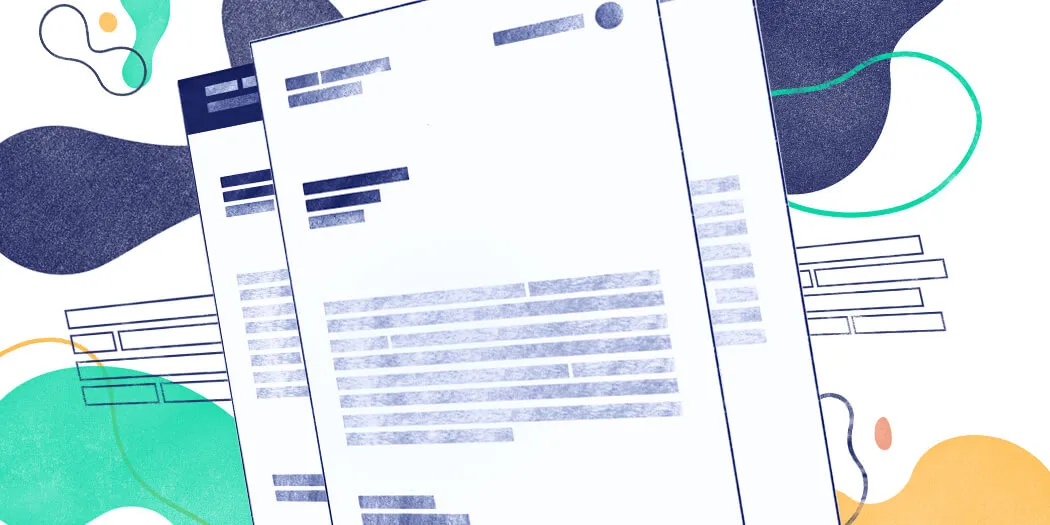
The final touches of your cover letter are essential for ensuring it looks professional and is easy to read. Proper formatting and thorough proofreading are key to making a good impression. Pay attention to the details to ensure your cover letter is polished and free of errors.
Font and Spacing
Choose a clear, readable font such as Times New Roman, Arial, or Calibri. Use a font size between 10 and 12 points. Maintain consistent spacing throughout the document, typically using single or 1.15 line spacing. A well-formatted layout enhances readability, making it easier for the hiring manager to review your letter.
Proofreading
Proofread your cover letter carefully for any typos, grammatical errors, or punctuation mistakes. Errors can undermine your credibility and professionalism. Read the letter multiple times and consider using spell-checking software. Ask a friend or family member to review your letter for an unbiased perspective. A fresh set of eyes often catches errors you might have missed.
File Type
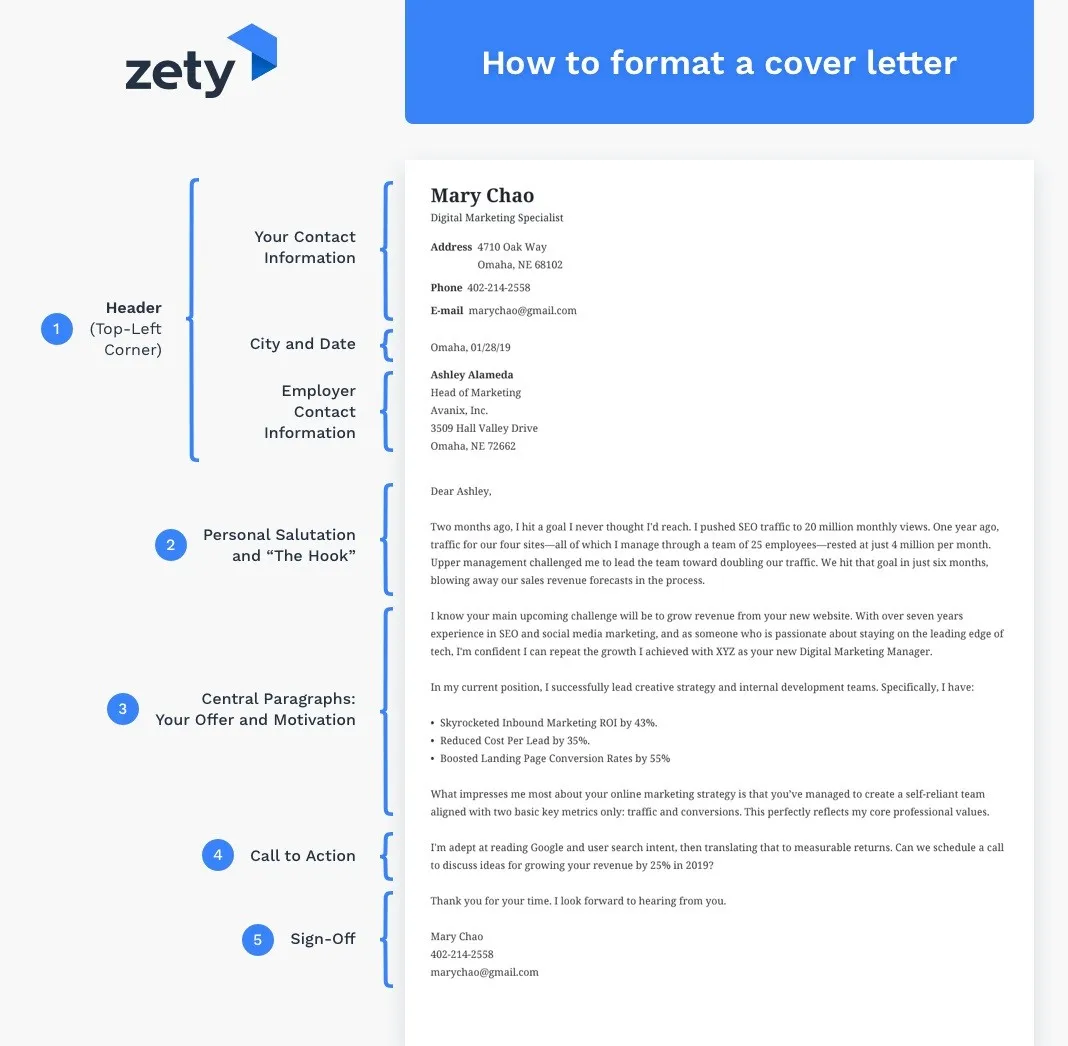
Save your cover letter as a PDF file to preserve the formatting and ensure it looks the same on any device. PDFs are universally compatible and prevent formatting issues that can occur with other file types. Ensure that the file name is professional, such as ‘YourName_CoverLetter.pdf’.
Writing a cover letter is a significant step in any job application. By following these guidelines for formatting and content, you’ll be well on your way to creating a cover letter that impresses recruiters and helps you land your dream job. Remember to tailor your letter to each job, highlight your unique skills, and always proofread. Good luck with your job search!
